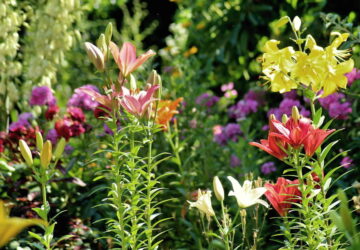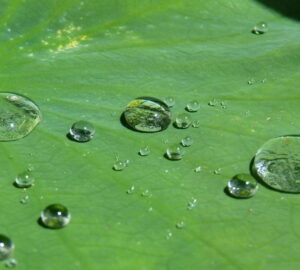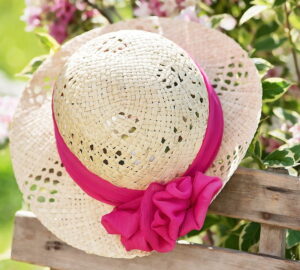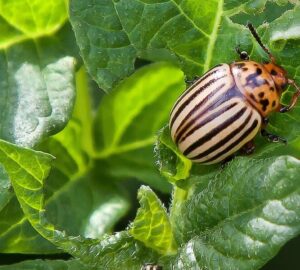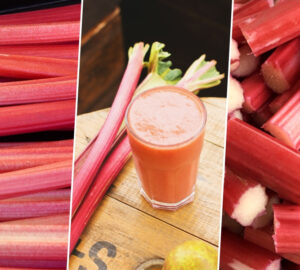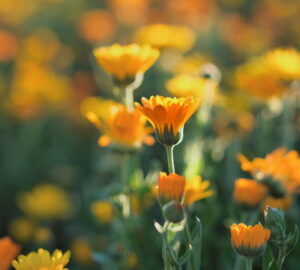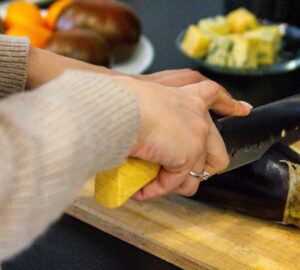Repurposing egg trays is an eco-friendly and practical solution for starting seedlings. This method not only reduces waste but also makes gardening accessible and cost-effective. Let’s explore the benefits, process, and additional tips to ensure success.
Contents
Why Use Egg Trays for Seedlings?How to Grow Seedlings in Egg Trays1. Gather Your Materials2. Prepare the Trays3. Plant the Seeds4. Water and Cover5. Provide the Right Conditions6. Transplanting the SeedlingsAdditional Tips for SuccessWhat to Do with Leftover Trays?Advantages Beyond GardeningConclusion
Why Use Egg Trays for Seedlings?
- Sustainability: Egg trays are biodegradable, making them a great alternative to plastic pots.
- Affordability: A simple, low-cost way to start gardening.
- Root Protection: Plant the entire tray directly into the soil, reducing transplant shock.
- Recycling at Its Best: A creative way to reuse materials that would otherwise be discarded.
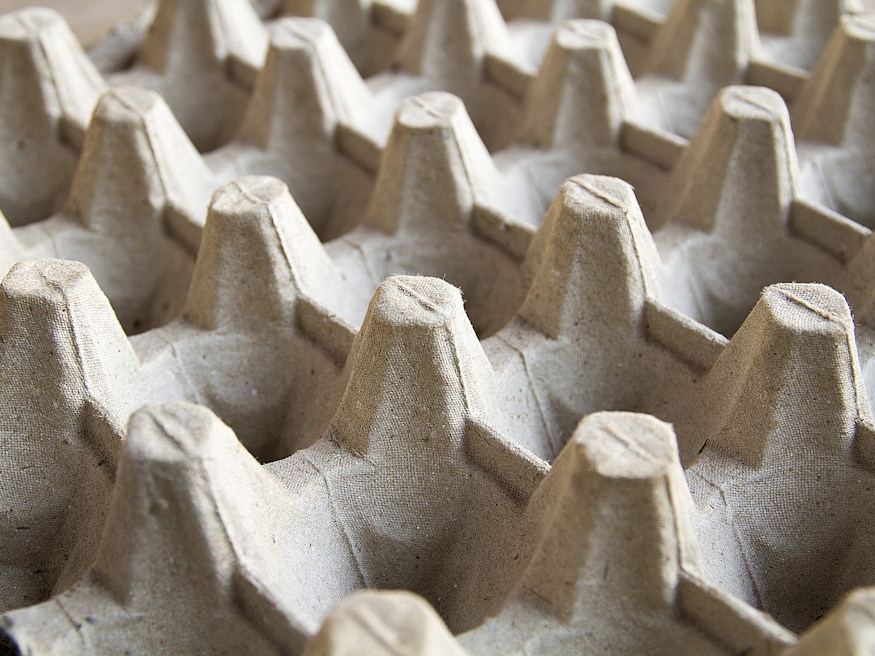
How to Grow Seedlings in Egg Trays
1. Gather Your Materials
- Paper egg trays (avoid plastic or foam trays for planting).
- Seed-starting mix or light potting soil.
- A tray or shallow dish to catch water.
- Seeds of your choice.
2. Prepare the Trays
- Cut the lid off the egg tray and use it as a drip tray underneath.
- Poke small holes in the bottom of each compartment for drainage, if needed.
3. Plant the Seeds
- Fill each compartment with seed-starting mix, leaving a small space at the top.
- Place 2–3 seeds in each section and gently cover them with soil.
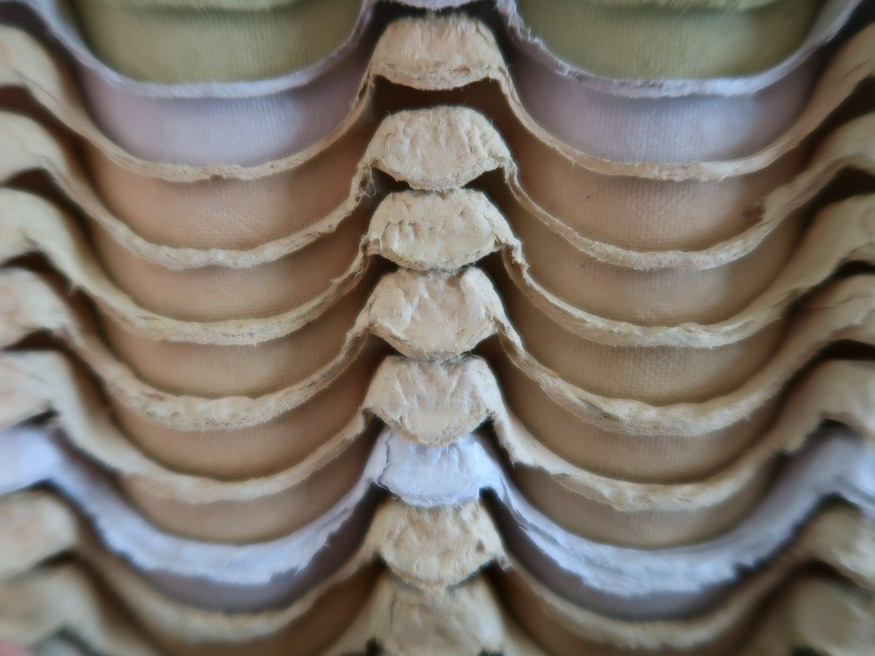
4. Water and Cover
- Water the tray carefully to moisten the soil without soaking it.
- Cover the tray loosely with plastic wrap or a clear lid to retain humidity.
5. Provide the Right Conditions
- Place the tray in a sunny spot or under a grow light for 12–16 hours daily.
- Keep the soil consistently moist but not waterlogged.
6. Transplanting the Seedlings
- Once seedlings are strong and have developed true leaves, cut apart the tray sections.
- Plant each section directly into the soil, tray included. The paper will decompose naturally.
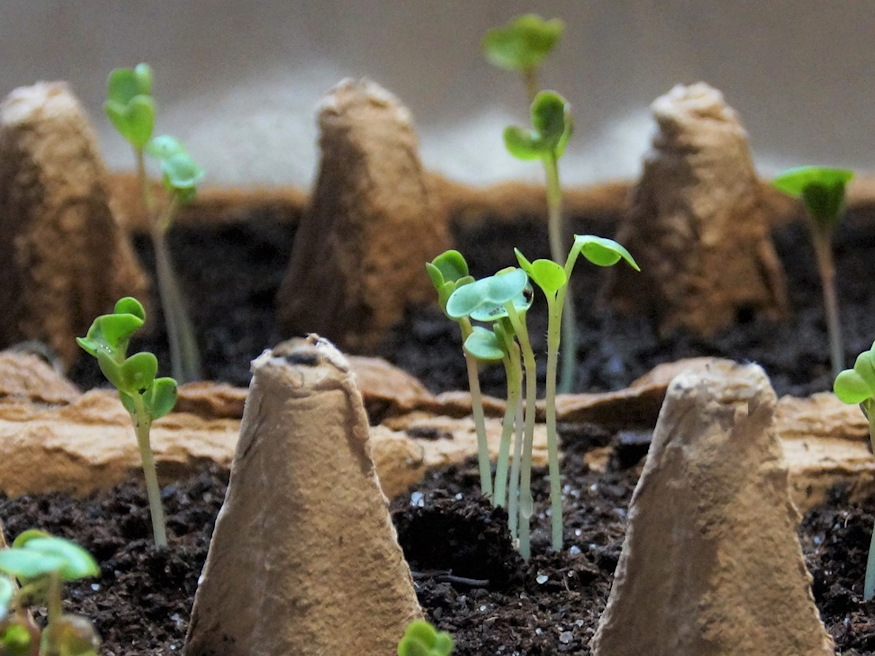
Additional Tips for Success
- Label Your Trays: Write the names of the plants on the edge of the tray for easy identification.
- Use Nutrient-Rich Soil: Opt for a mix designed specifically for seedlings.
- Avoid Overcrowding: Thin out weaker seedlings to allow the strongest to thrive.
- Fertilize Lightly: Once seedlings appear, use a diluted liquid fertilizer to support growth.
- Protect from Frost: If transplanting outdoors, ensure temperatures are suitable to avoid frost damage.
What to Do with Leftover Trays?
- Compost: Tear up unused trays and add them to your compost pile for organic recycling.
- Garden Mulch: Shred them and use as a mulch layer to retain moisture in your garden beds.
- DIY Projects: Use leftover trays for crafts or additional seed-starting experiments.
Advantages Beyond Gardening
Egg trays are not just for seedlings – they can also serve as organizers for small tools, a base for creative crafts, or a means to teach kids about sustainability and gardening.
Conclusion
Starting your garden with egg trays is a sustainable and beginner-friendly method that combines practicality and eco-consciousness. By reusing materials, you’re reducing waste while creating a nurturing environment for your plants.
Start your green journey today and enjoy the beauty of eco-friendly gardening!
